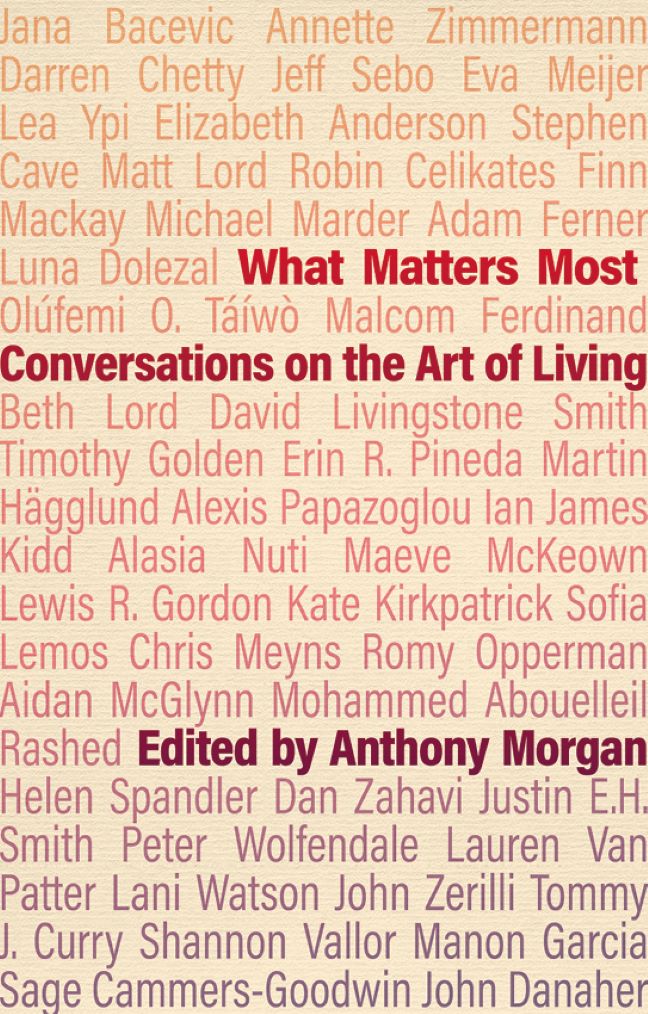13 - Misunderstanding the internet
Published online by Cambridge University Press: 23 January 2024
Summary
We tend to think of the internet as an unprecedented and overwhelmingly positive achievement of modern human technology. But is it? This wide-ranging conversation coincided with the publication of Justin E. H. Smith's book The Internet Is Not What You Think It Is. It looks to Leibniz, transhumanism, and mycorrhizal fungus to help us better understand the part of the internet that is continuous with what we have always done and conducive to our thriving, and to fight back against the part that is a distortion of who we are and non-conducive to that aim.
JUSTIN E. H. SMITH is Professor of History and Philosophy of Science at Paris Cité University. His research interests include Leibniz, early modern philosophy, history and philosophy of biology, classical Indian philosophy, the history and philosophy of anthropology.
ALEXIS PAPAZOGLOU is an editor at the Institute of Art and Ideas. He hosts “The Philosopher & the News” podcast and writes on the intersection between philosophy, politics and current affairs.
Alexis Papazoglou (AP): What is the internet is and how have we got it wrong in the ways we think about it?
Justin E. H. Smith (JEHS): The internet is not nearly as newfangled as most people think. It does not represent a radical rupture with everything that came before, either in human history or in the vastly longer history of nature that precedes the first appearance of our species. As a result, we tend to overlook the natural analogy that thinks of the internet as being in continuity with the instantaneous transmission of signals across living nature. In other words, it is more productive to think about the internet as an outgrowth of a species-specific activity. Animal and plant signalling – for example, lima bean plants giving off methyl jasmonate that floats through the air across significant distances to their conspecifics; mycorrhizal fungus networks that attach to the roots of trees, enabling them to communicate with one another; sperm whales clicking; elephants stomping; – are true forms of telecommunication. Throughout the living world, telecommunication is more likely the norm than the exception. The main difference between these and our forms of telecommunication is that we haven't always been doing it.
- Type
- Chapter
- Information
- What Matters MostConversations on the Art of Living, pp. 117 - 124Publisher: Agenda PublishingPrint publication year: 2023



